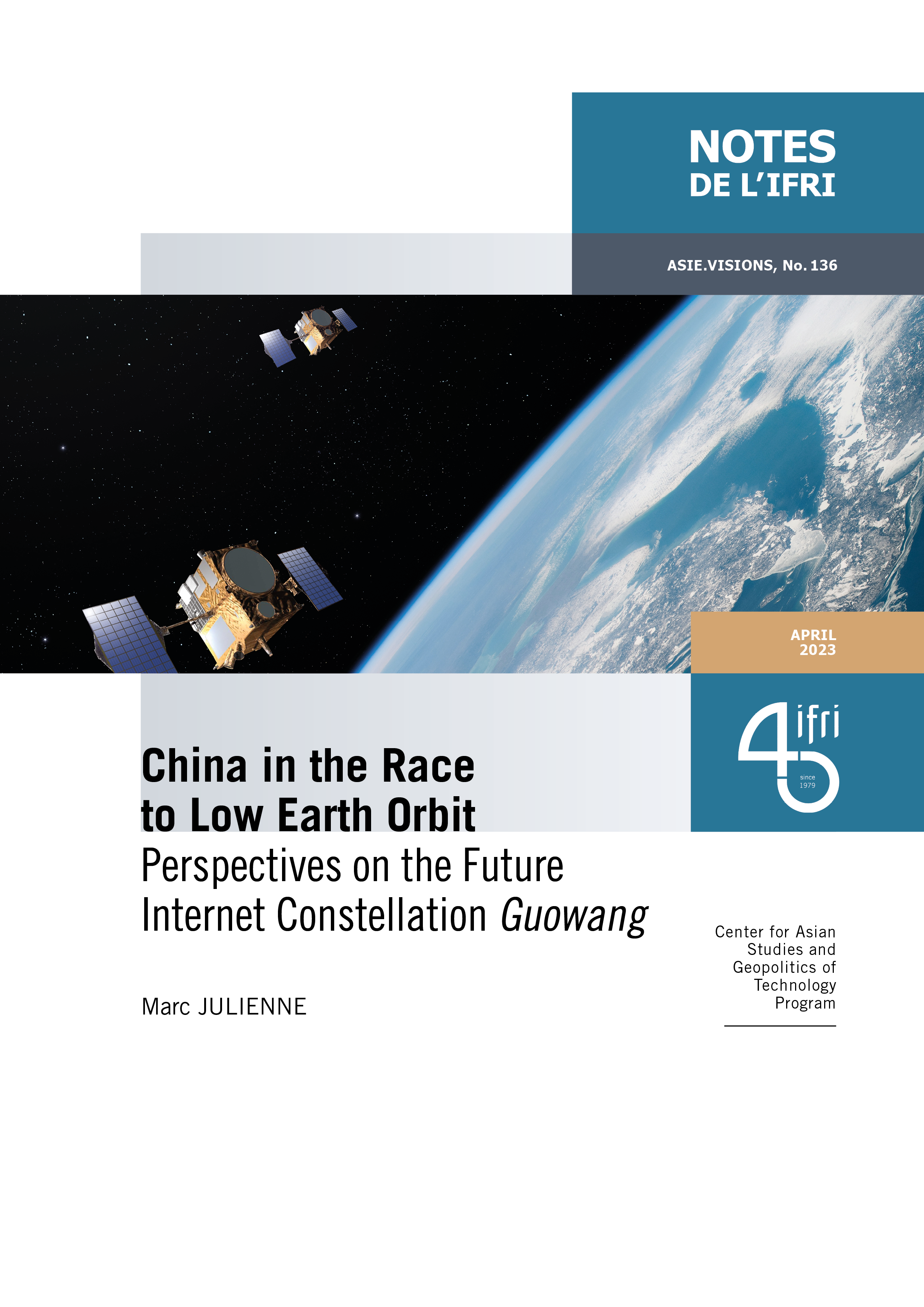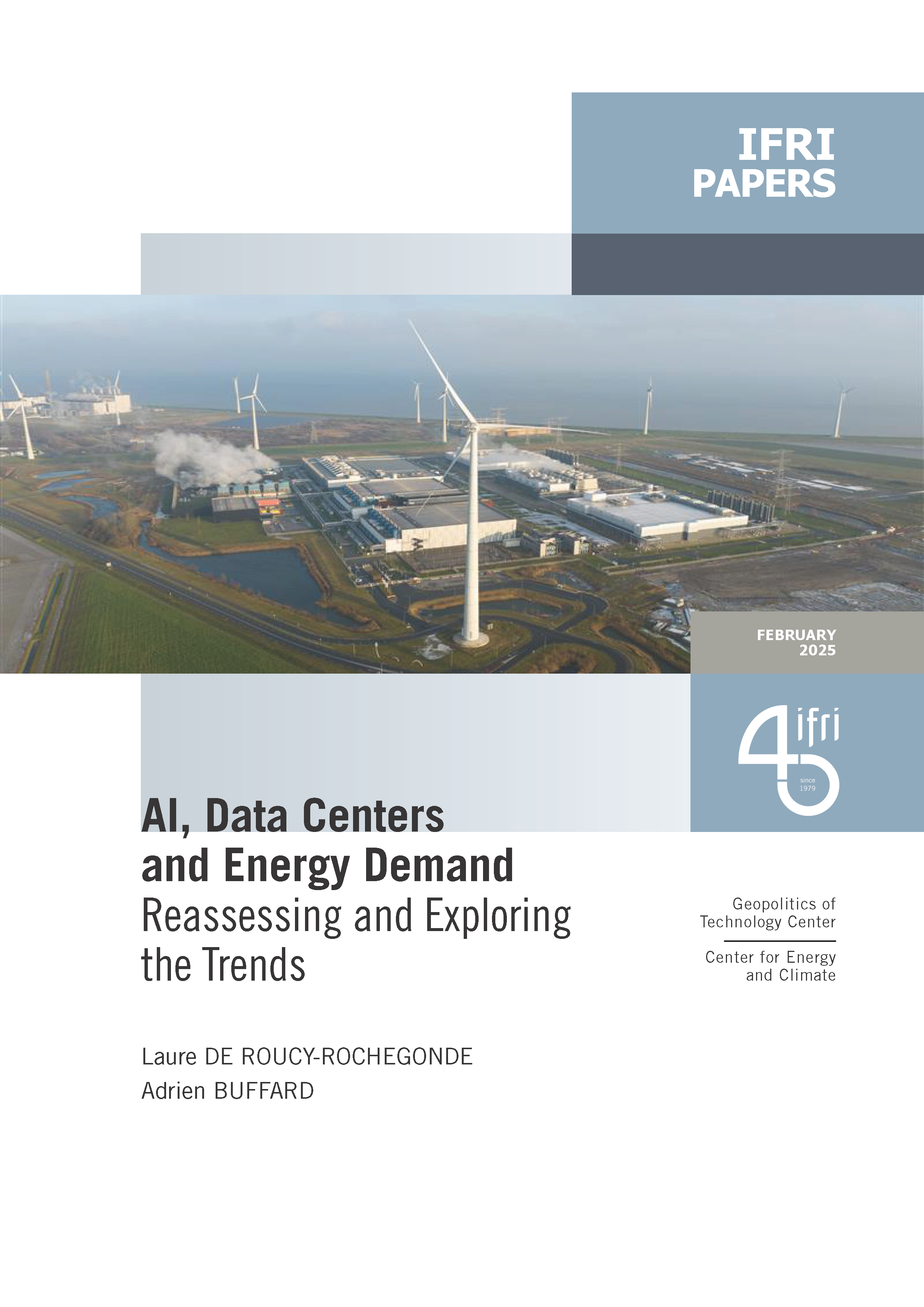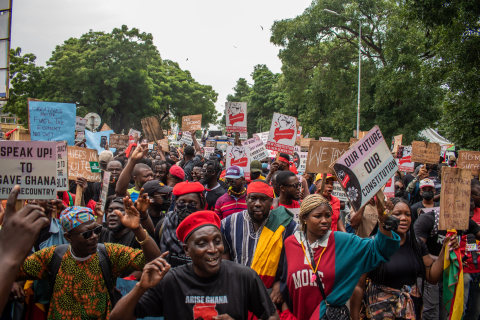China in the Race to Low Earth Orbit: Perspectives on the Future Internet Constellation Guowang

In April 2021, the Chinese government officially, but rather quietly, established a new state-owned enterprise (SOE) named China SatNet. Its mission: build out China’s “mega-constellation” program for low Earth orbiting internet satellites, known as Guowang (“national network”).

Several scattered programs had already been launched in China since 2018, and the establishment of this new SOE appears aimed at streamlining and accelerating the development and deployment of the future national constellation.
China's goal is to position itself in the highly strategic sector that is space-based broadband mobile telecommunication networks, so far dominated by the American SpaceX and its Starlink constellation. These constellations promise significant commercial and military outcomes that have aroused the interest of states.
In this field, Beijing lags behind SpaceX, but demonstrates a fierce determination to catch up and compete with its rivals. China has already registered a request with the International Telecommunications Union to put 12,992 satellites into orbit, or roughly 1,000 more than what has so far been authorized for Starlink.
To achieve its goals, China relies on traditional aerospace and telecommunications SOEs, and now on the newcomer China SatNet. It also relies on an emerging ecosystem of companies and start-ups (GalaxySpace in particular), and encourages local governments to build production parks for the space industry and new launch centers across the country.
China is thus gearing up to achieve its ambitions, but will nevertheless have to face multiple challenges, including the financing of its industry in a constrained economic context, the development of a viable business model which has not yet been proven elsewhere, and above all, the growing strategic and technological rivalry with the United States.

Available in:
Regions and themes
ISBN / ISSN
Share
Download the full analysis
This page contains only a summary of our work. If you would like to have access to all the information from our research on the subject, you can download the full version in PDF format.
China in the Race to Low Earth Orbit: Perspectives on the Future Internet Constellation Guowang
Related centers and programs
Discover our other research centers and programsFind out more
Discover all our analyses
RAMSES 2024. A World to Be Remade
For its 42nd edition, RAMSES 2024 identifies three major challenges for 2024.

France and the Philippines should anchor their maritime partnership
With shared interests in promoting international law and sustainable development, France and the Philippines should strengthen their maritime cooperation in the Indo-Pacific. Through bilateral agreements, expanded joint exercises and the exchange of best practices, both nations can enhance maritime domain awareness, counter security threats and develop blue economy initiatives. This deeper collaboration would reinforce stability and environmental stewardship across the region.

The China-led AIIB, a geopolitical tool?
The establishment of the Asian Infrastructure Investment Bank (AIIB) in 2016, on a Chinese initiative, constituted an attempt to bridge the gap in infrastructure financing in Asia. However, it was also perceived in the West as a potential vehicle for China’s geostrategic agendas, fueling the suspicion that the institution might compete rather than align with existing multilateral development banks (MDBs) and impose its own standards.
Jammu and Kashmir in the Aftermath of August 2019
The abrogation of Article 370, which granted special status to the state of Jammu and Kashmir (J&K), has been on the agenda of the Bharatiya Janata Party (BJP) for many decades.










